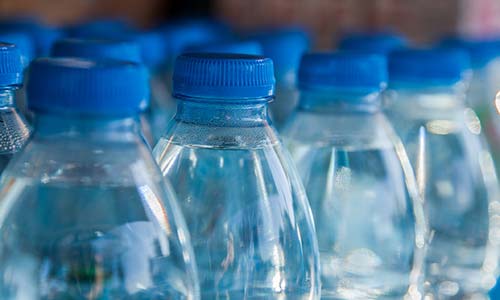Earth Anticipates a Circular Economy for Energy Materials
As the only planet known by humanity to harbor life, Earth is a special place. With allies around the world, researchers at the National Renewable Energy Laboratory (NREL) are working to find solutions that enable people to live in long-term harmony with our natural environment.
This Earth Week, world leaders are gathering with President Joe Biden to discuss climate action. Last year was the 50th anniversary of Earth Day. In this 51st year of organized environmental action, NREL wants to bring both the conversation and deployment of energy technologies full circle.
One of the three key pillars of NREL's vision for the next decade is developing a circular economy for energy materials. This critical objective focuses on reducing waste and preserving resources through the design and manufacture of materials and products with reuse, recycling, and upcycling in mind from the start.
Even renewable energy technologies, such as wind turbine blades and solar panels, do not last forever, and planning for their end of life is an important part of the equation. Most wind turbine blades are currently made using thermoset resins, which are difficult to recycle, but NREL researchers and partners have developed blades made using thermoplastic resins that are more recyclable, perform better, and are easier to repair.
Another example is NREL research with partners to develop and improve an enzyme—originally discovered in bacteria—that breaks down plastic bottles, moving scientists closer to solving the problem of an ever-growing amount of discarded plastics that take centuries to biodegrade.
Renewable energy technologies play an increasingly massive role in limiting carbon emissions that contribute to climate change—a role that becomes more important and successful with each passing day, as science advances and commercialization brings technologies to the marketplace and communities around the globe.
A sustainable economy coupled with our energy transformation requires us to move beyond the historical linear economy of “make-use-dispose” to create a circular economy for energy-relevant and energy-intensive materials, processes, and technologies.
Through NREL research, we are charting a course toward a cleaner, healthier planet.
Last Updated May 28, 2025

